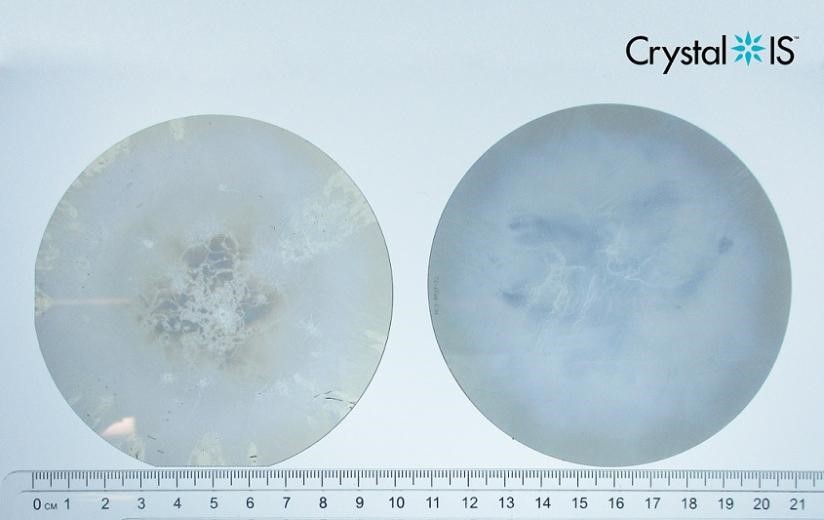In the radio frequency (RF) and power device markets, performance and reliability are key indicators of product competitiveness. With Crystal IS Inc.'s significant advancement in monocrystalline aluminum nitride (AlN) substrate technology – from 80% to 99.3% of usable area, we have to ask: how will this technological breakthrough impact the future of the RF device market?
A milestone in technological progress
Crystal IS Inc., part of the Asahi Kasei Group, focuses on the production of UVC LEDs. However, its latest technological achievement – a 100mm AlN substrate with 99.3% usable area – bodes well for its potential impact in the field of RF devices. AlN substrates are known for their ultra-wide bandgap and high thermal conductivity, which are essential for improving the performance of RF devices.
Quantitative analysis of performance improvements
The usable area of AlN substrates has increased from 80% to 99.3%, which means higher production efficiency and lower manufacturing costs. This improvement not only reduces material waste, but also improves device consistency and reliability. According to Asahi Kasei's announcement, the new AlN substrates offer significant improvements in defect density, UV permeability, and impurity concentrations, all of which are key factors in RF device performance.

Figure: 2024 Q1 vs. Q2 Crystal IS 100mm AlN substrate: usable area increased from 90% to 99.3%
The disruptive impact of the RF device market
There is a growing demand for high-performance materials in the RF device market, especially in the fields of 5G communications and military electronics. The high thermal conductivity and wide bandgap characteristics of AlN substrates make them ideal for manufacturing high-performance RF devices. As the usable area increases, it is expected that the thermal performance of RF devices will be significantly improved, while the size and weight of the devices will be further reduced.
To support the above arguments, we need to focus on a few key parameters:
- Thermal conductivity: AlN has about three times the thermal conductivity of silicon (Si), which is critical for heat dissipation in RF devices.
- Breakdown electric field: The breakdown electric field of AlN is much higher than that of Si and gallium arsenide (GaAs), which means that RF devices on AlN-based substrates can operate at higher voltages without damage.
- Coefficient of Thermal Expansion: The coefficient of thermal expansion of AlN matches that of commonly used semiconductor materials, helping to improve the thermal stability of the device.
In summary, Crystal IS's AlN substrate technology advancements are not only significant in the field ofUVC LEDs, but are more likely to disrupt the RF device market. As the usable area increases and performance improves, AlN substrates are expected to be key materials for the next generation of RF and power devices. The industry should keep an eye on further developments in Crystal IS and how AlN substrate technology is shaping the future of RF devices.






